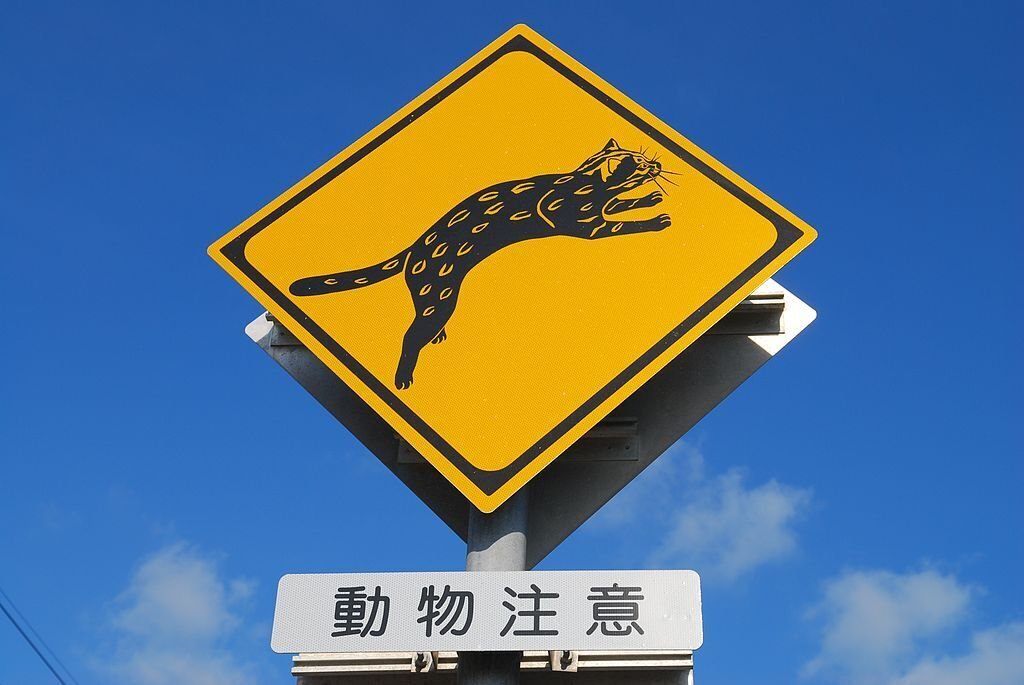
Iriomote Island, Okinawa 沖縄県西表島
I had not planned to post an article on this subject, but the photo of the buttress route (板根) in the following post by Hiz_Japonesia was a surprise to me and reminded me of my trip to Iriomote Island in March 2016:
I have been fascinated by mangroves in general since I was in elementary school. After my marriage, I took my wife to Amami Ōshima 奄美大島 & Kakeroma-jima 奄美大島・加計呂麻島 in March 1985, but the first earnest experience of mangroves only took place in March 2016 with a trip to Yaeyama Islands 八重山諸島 with my wife.
Here is a map which shows the location of Yaeyama Islands by Yaeyama Visitors Bureau:

Ishigaki Island 石垣島 and Hateruma Island 波照間島 are not discussed here, and photos of Heritiera littoralis (サキシマスオウノキ 先島蘇芳木) I took at Iriomote Island 西表島 are presented here. Heritiera littoralis is an evergreen tree in the family Malvaceae (アオイ科) with very prominent, sinuous buttress roots that may be up to 1 m, and grows in wetlands and around mangrove forests.





It was unfortunate that the weather did not allow us to go to Hateruma Island in March 2016, and I visited Yaeyama Islands again in June 2016…😎
The following interesting description is worth mentioning:
There is a giant heritiera littoralis tree estimated to be 400 years old in the upper reaches of the Nakama River in Iriomote Island, which has been selected as one of the 100 giants of the forest (森の巨人たち百選):

Further detail is described in the following Forestry Agency website.
I had better add a brief description about Iriomote Island also.
Here is an excerpt from the Ministry of the Environments (MoE) about Iriomote-Ishigaki National Park including Iriomote Island 西表石垣国立公園:
Primeval Subtropical Forest and Ocean with Coral Reefs
Iriomote-Ishigaki National Park is the southernmost national park in Japan. The park is characterized by its natural landscape typical of the subtropical zone--a dynamic and abundant natural environment comprising near-primeval subtropical broad-leafed evergreen forest as well as Japan's largest mangrove forest, and coral reefs--and its human landscape imbued with a traditional Okinawa-ness that has been nurtured through everyday living within this environment. Another major characteristic is the numerous rare animal species unique to Yaeyama that can be found here, represented by the Iriomote wild cat and Sakishima grass lizard, which has evolved independently as the archipelago separated from and rejoined the continent repeatedly. Iriomote-Ishigaki National Park provides visitors with places and opportunities for high-quality nature experiences, offering a wealth of marine leisure activities such as canoeing, snorkeling, scuba-diving, and mangrove cruises as well as land leisure activities such as trekking, animal watching, and driving against the backdrop of the vast subtropical wilderness.
Iriomote wild cat (イリオモテヤマネコ 西表山猫 Prionailurus bengalensis iriomotensis) is mentioned above, and the following site has photos of the Iriomote wild cats:
It has been listed as Critically Endangered on the IUCN Red List since 2008.
During my 2016 trip, I didn't get a chance to see the Iriomote wildcat and I don't remember if I saw the following road warning sign:

Header Image Credit : おきなわ緑と花のひろば
Other photos except for the road sign are all by me taken on 26th March 2016.
